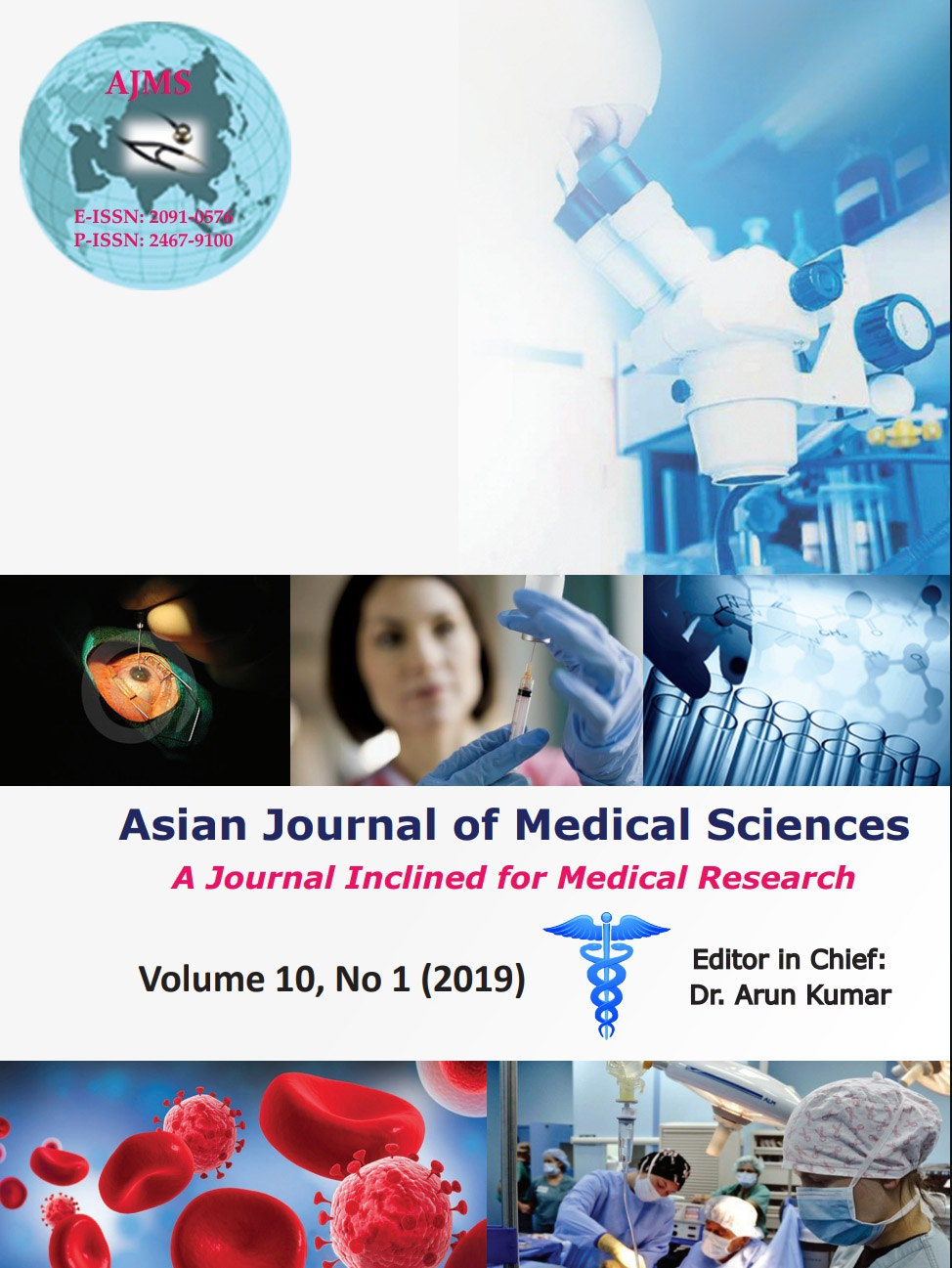A study assessing the outcome of endoscopic endonasal transsphenoidal excision of pituitary adenoma at a tertiary care institutions- An Initial experience of 30 cases
Keywords:
Endoscopic endonasal transsphenoidal approach;, Pituitary adenoma, Gross total excision, Subtotal excisionAbstract
Background: Endoscopic Endonasal Transphenoidal Pituitary Surgery (EETS), has been proved to be a preferred alternative to conventional surgery because of its salient features like wider, more panoramic field of visualization, improved illumination and mobility of instruments, and an ability to look around anatomical corners using angled lens and minimal invasiveness.The current study was done to analyse the effectiveness and morbidity in the patients operated in our centre by Endoscopic Endonasal Transphenoidal Pituitary Surgery (EETS) done by single team in single centre in15 months.
Aims and Objective: To describe a case series of patients with pituitary adenomas with endoscopic endonasaltranssphenoidal approach, the technique performed and complications in our centre.
Materials and Methods: The technique performed in a series of 30 consecutive patients, and description of their complications and the protocol followed to treat these complications.
Results: The tumor removal was gross total in 18 (60.0%) patients, subtotal in 8 (30.7%), and partial in 4 (7.7%) patient. Two patients with growth hormone-secreting adenomas had normalization of hormonal status. Four patients developed temporary diabetes insipidus. Four patients developed post-operative CSF rhinorrhea and were managed conservatively.Two patient had recurrence of tumor.one patient had meningitis and one patient expired in perioperative periods.
Conclusions: Our experience suggests that the Endoscopic transsphenoidal approach offers a potentially viable and cost economic treatment option in pituitary tumors which are difficult to remove by the standard microscopic approaches. In past one and half year we have witnessed encouraging results without much of the anticipated complications.
Downloads
Downloads
Published
How to Cite
Issue
Section
License
Authors who publish with this journal agree to the following terms:
- The journal holds copyright and publishes the work under a Creative Commons CC-BY-NC license that permits use, distribution and reprduction in any medium, provided the original work is properly cited and is not used for commercial purposes. The journal should be recognised as the original publisher of this work.
- Authors are able to enter into separate, additional contractual arrangements for the non-exclusive distribution of the journal's published version of the work (e.g., post it to an institutional repository or publish it in a book), with an acknowledgement of its initial publication in this journal.
- Authors are permitted and encouraged to post their work online (e.g., in institutional repositories or on their website) prior to and during the submission process, as it can lead to productive exchanges, as well as earlier and greater citation of published work (See The Effect of Open Access).




